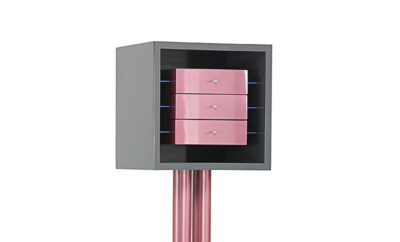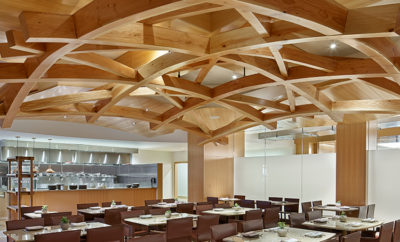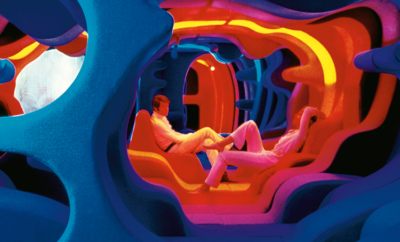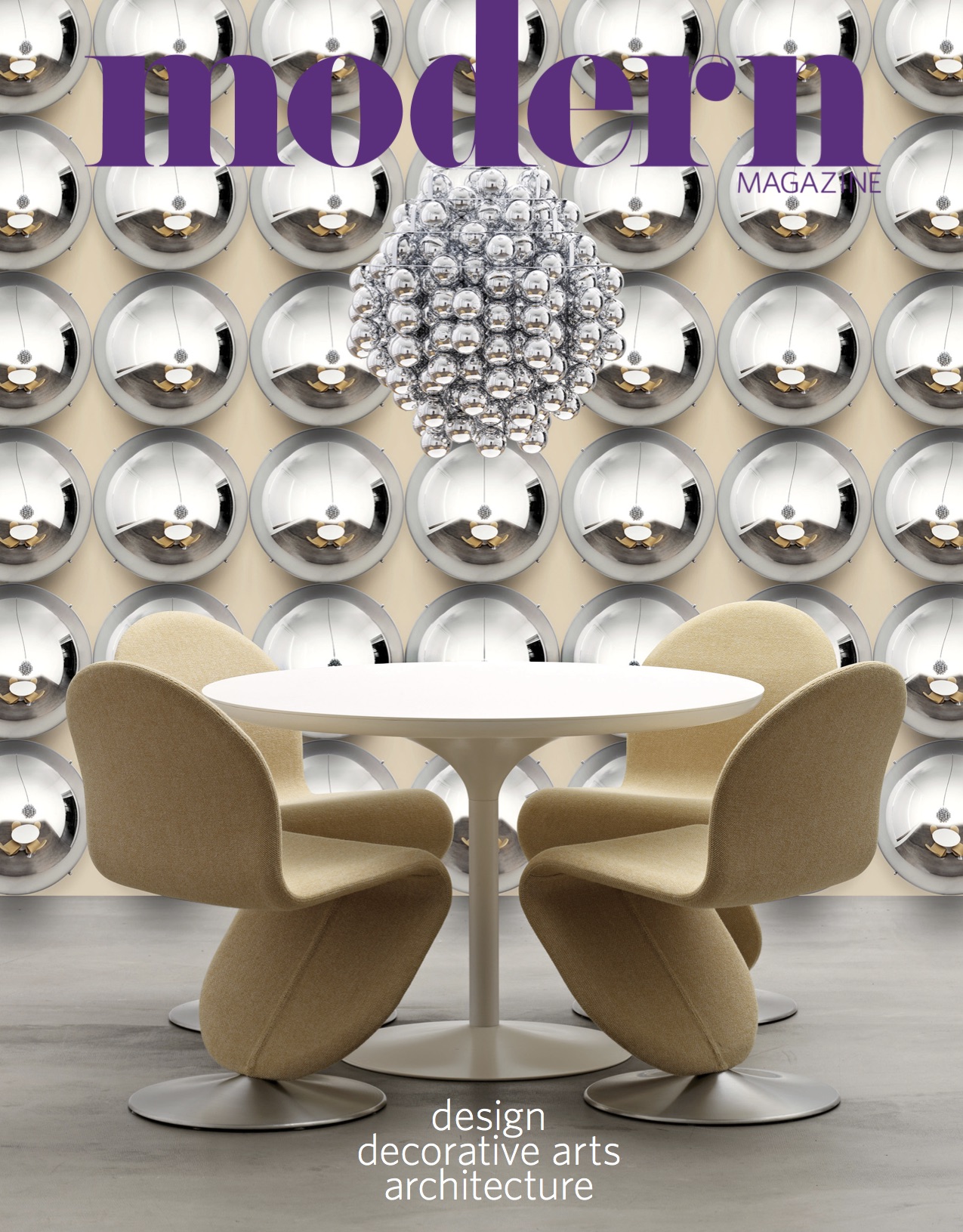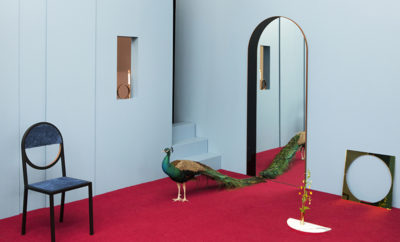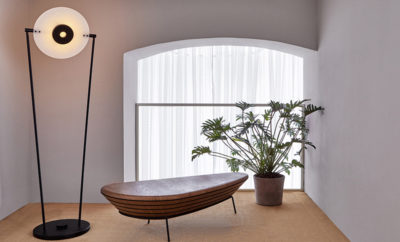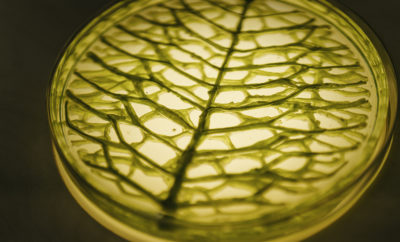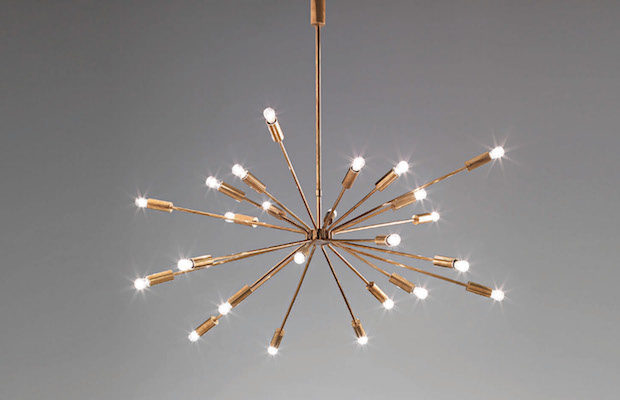 COURTESY PHILLIPS/PHILLIPS.COM
COURTESY PHILLIPS/PHILLIPS.COM
Design
Lighting the Way: The Best Early Modern Lamps
When we consider modern design, the emphasis is often on the decade or so following World War II. The reasoning, which is justified, can be condensed into a few critical ideas, including the necessity of rebuilding (and re-furnishing) Europe, the enhanced abilities and possibilities of mass-production, and a general philosophical inclination toward the new and the future. Too often, it’s as if there is an invisible frontier that excludes earlier objects.
In fact, early modernism is ripe for discovery. Many of the lights fixtures featured here are remarkably under-appreciated or even unknown, even though their aesthetic innovations were repeatedly duplicated or interpreted in succeeding decades, up to today. I suspect that even readers familiar with certain models will be surprised at how early their designs date. None of the designers are obscure, and their contributions to either design or architecture of the twentieth century is considered. Several of the lights boast new technologies (notably bulbs), materials, or production possibilities of the day.
Perhaps the key factor uniting the examples featured is that they are still remarkable today, whether isolated on a museum plinth or in a contemporary interior. They all reflect a fierce rejection of the reigning styles of their era and the assertion of a new aesthetic sensibility, often accomplished “simply” by dismissing ornamentation. All have an overt sculptural presence even if the forms are simple, the materials are modest, or the surfaces are unadorned.
Of course this list is highly subjective and certainly not exhaustive. In the end, it is about a desire to retreat behind the 1945 frontier and illuminate a group of iconic, or deserve-to-be-iconic, light fixtures from the first half of the twentieth century.
Gino Sarfatti (1912–1985) Model no. 2003 (Fuoco d’artificio) 1939

COURTESY PHILLIPS/PHILLIPS.COM
THIS ENTIRE LIST could be devoted to Gino Sarfatti and his accomplishments as a lighting designer. Except for Le Klint and Poul Henningsen, the other designers profiled here dabbled in lighting. Sarfatti was devoted to it, as both a designer and an entrepreneur. He founded the legendary lighting studio Arteluce in 1938, whose earliest designs, whether by his hand or others in the atelier, decisively banished any allusions to historical styles. Despite his focus on one product type, Sarfatti was an essential contributor to the aesthetic design revolution that occurred specifically in Milan, and Italy in general, before and after World War II. In the years leading up to the war, Italy was still considered a peasant nation. Modern materials were difficult and expensive to procure, especially compared with Germany. One of Sarfatti’s many talents was his ability to innovate using limited resources. At Arteluce his craftsmen could manipulate wood using a lathe to resemble plastic, or paint it to appear to be brass. However, his best designs were made from metals.
One of his key aesthetic—and practical— adaptations was phasing out traditional lampshades or diffusers (made of parchment) and replacing them with metal reflectors, made of lacquered aluminum. Two of the most famous reflector forms, calla lily and perforated cone, were introduced (and later popularized) by Sarfatti at the end of the 1930s. So how to choose from the abundance of ingenious Sarfatti designs? I selected Arteluce model nos. 2003 (Fuoco d’artificio or Fireworks) and 2064 (which was flush-mounted to the ceiling) because their date, 1939, was so much earlier than I expected; I had been under the impression that the mid-century “Sputnik” or “Fireworks” style light fixture was an American creation. Numerous metal arms (there were versions with up to twenty-five) hold exposed bulbs in Sarfatti’s remarkably simple yet incredibly poetic and influential composition.


